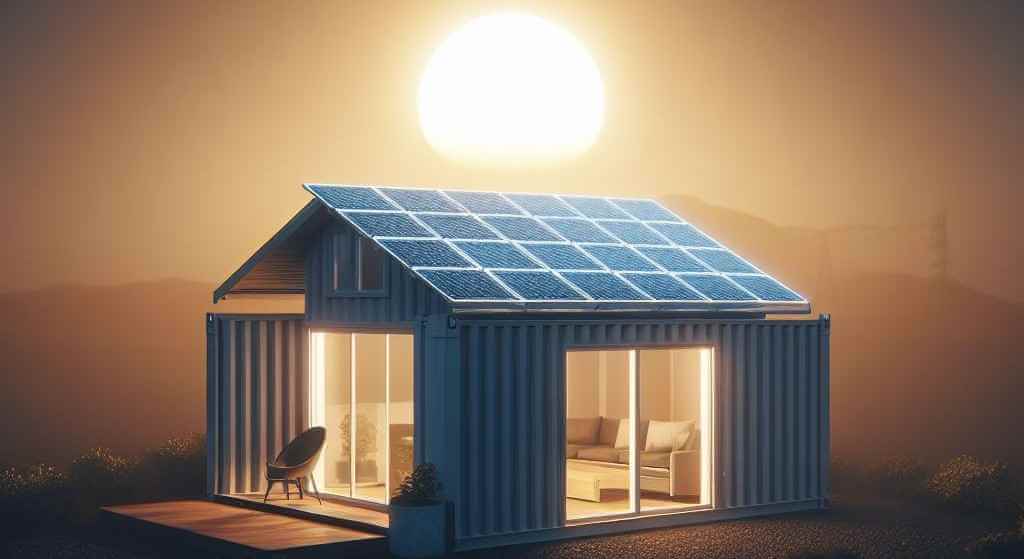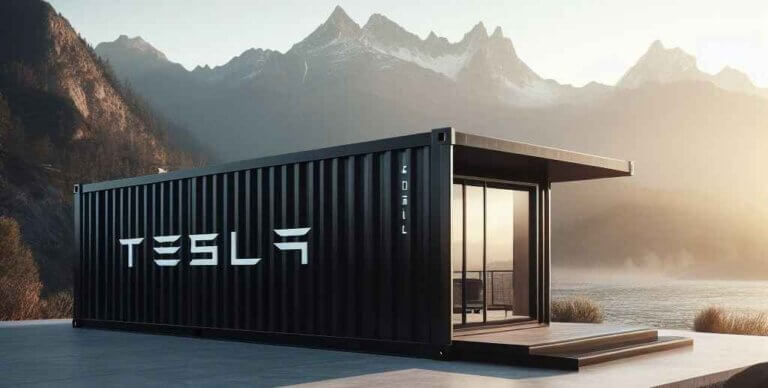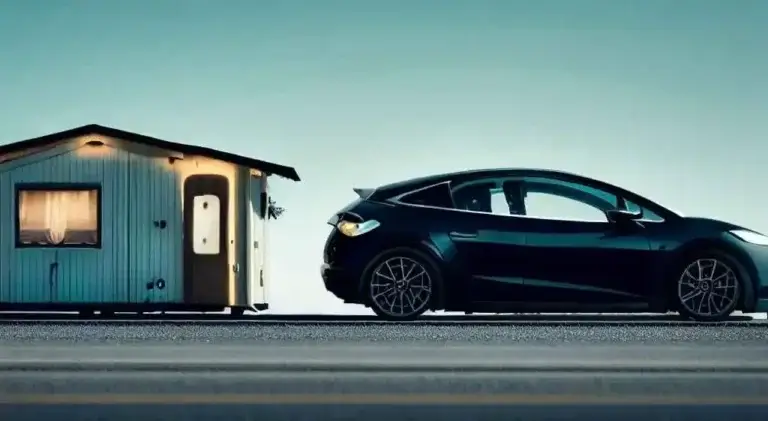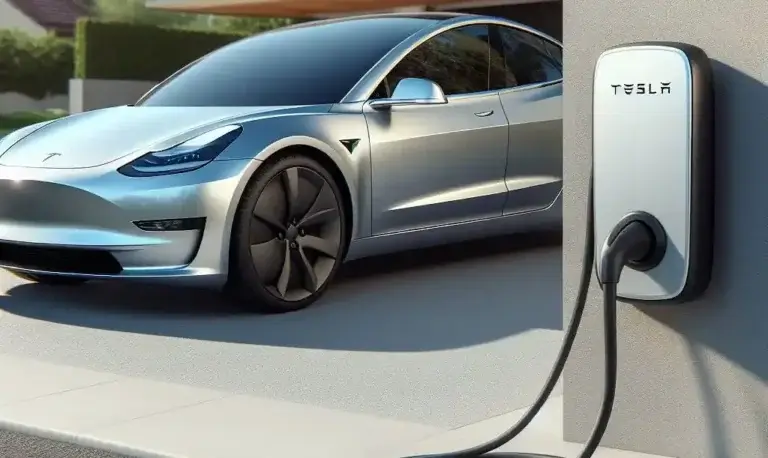How can I prepare my Tesla Home for a power outage?
Power outages can be a significant inconvenience, especially when you rely on electricity for everyday living. If you own a Tesla home, you are already ahead in terms of innovative technology. However, to make the most of it during a power outage, you need to be prepared. In this article, we will explore various strategies to ensure your Tesla home is ready to tackle power outages with ease.
Why Preparing Your Tesla Home is Important
Before diving into the specifics, let’s understand why it’s essential to prepare your Tesla home for a power outage. Tesla homes are equipped with cutting-edge technology, including the Tesla Powerwall and solar panels, which can provide you with a reliable source of electricity during outages. Being prepared ensures that you can continue to enjoy the benefits of your Tesla home even when the grid fails.
Power outages can be caused by a range of factors, including severe weather, accidents, and maintenance work on the electrical grid. When the power goes out, the inconvenience and potential risks can be considerable. Without power, heating and cooling systems may stop working, food in your refrigerator may spoil, and essential medical equipment may be compromised. In such situations, your Tesla home’s technology can be a game-changer.
Tesla Powerwall and Its Role
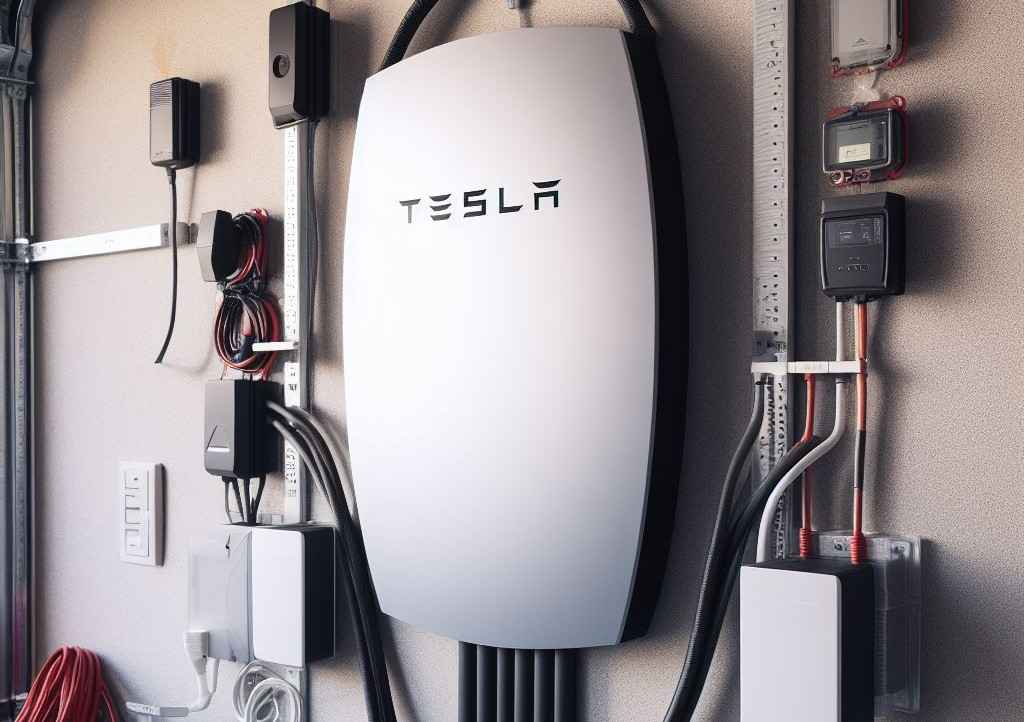
The Tesla Powerwall is the cornerstone of your home’s power backup system. This advanced battery storage unit stores excess energy generated by your solar panels and allows you to use it when needed. It automatically switches to battery power during a power outage, keeping your essential appliances running seamlessly.
The Powerwall can store a significant amount of electricity, typically between 13.5 and 14 kWh. This capacity can vary depending on the model and configuration you choose. When the power goes out, the Powerwall swiftly detects the disruption and seamlessly takes over, ensuring you have power for your critical systems.
Solar Panels for Sustainable Power
Your Tesla home is likely equipped with solar panels. These panels not only help reduce your carbon footprint but also provide a continuous source of power, even when the grid is down. They ensure your Powerwall stays charged and ready to supply electricity to your home.
Solar panels work by converting sunlight into electricity. They generate power during daylight hours and can also store excess energy in the Powerwall for use at night or during cloudy days. The combination of solar panels and the Powerwall ensures that your home remains powered by clean, sustainable energy.
Backup Generators: A Reliable Option
While Tesla homes are designed to be self-sufficient, it’s a good idea to have a backup generator on hand. In cases of extended power outages or when your solar panels can’t generate enough electricity, a backup generator can save the day.
Backup generators are typically powered by natural gas, propane, or diesel fuel. They can automatically start when they detect a power outage and provide electricity to your home until the grid is restored. While the Powerwall and solar panels are excellent for short-term outages, backup generators are invaluable for more extended disruptions.
Preparing Your Home for a Power Outage
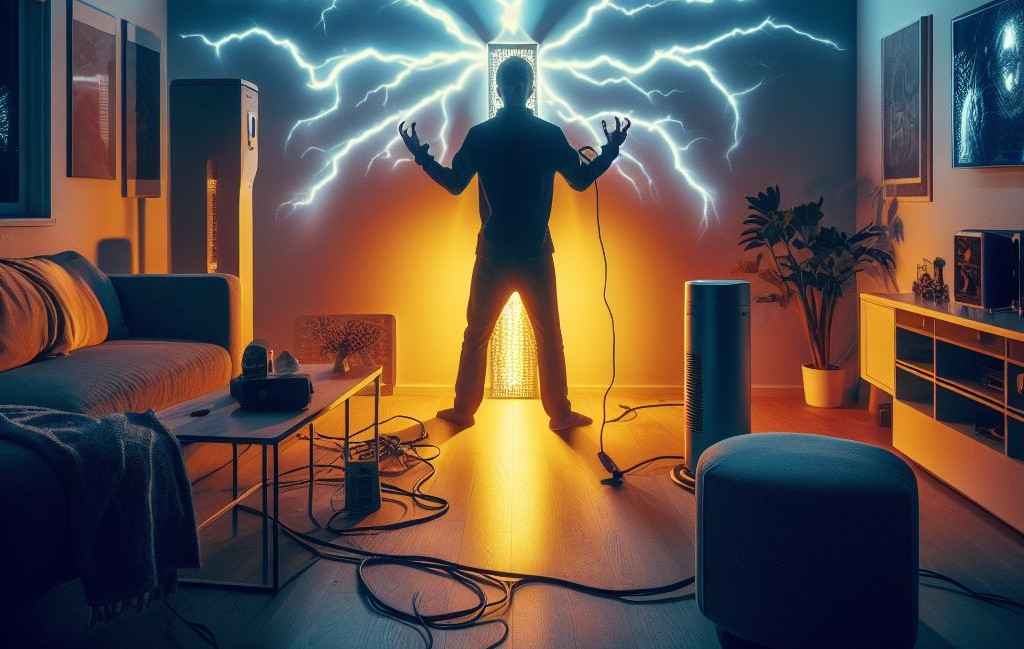
Charging Your Tesla
Your Tesla vehicle can also serve as a power source during an outage. It’s essential to keep your Tesla charged so that it can be used for emergency power. Ensure you have the necessary charging equipment in place.
Tesla vehicles have a feature called “bi-directional charging,” which allows them to discharge electricity. This feature is especially useful during power outages. By using a compatible inverter, you can connect your Tesla to your home’s electrical system and use it as a backup power source. This can keep essential appliances and lights running for an extended period.
Ensuring Essential Appliance Functionality
Identify the essential appliances in your home that you want to keep running during an outage. Prioritize them and make sure they are connected to the Tesla Powerwall for uninterrupted operation.
During a power outage, it’s crucial to decide which appliances are essential for your family’s comfort and safety. These might include refrigerators, freezers, heating or cooling systems, and medical devices. Connect these appliances to the Powerwall through a transfer switch so that they can seamlessly switch to battery power when needed.
Communication
Ensure you have a reliable communication system in place. A charged smartphone or a backup communication device is essential for staying connected during emergencies.
In a power outage, communication is vital. Ensure that you have a way to contact emergency services and loved ones. Consider investing in a solar-powered or hand-crank emergency radio for staying informed about developments in your area.
Safety Measures
Prepare for safety by having necessary supplies, such as flashlights, first-aid kits, and fire extinguishers. Familiarize yourself with the safety features of your Tesla home.
Safety should be a top priority during a power outage. Keep flashlights, extra batteries, and portable chargers readily accessible. Ensure that you have first-aid supplies on hand and that your family knows how to use them. Familiarize yourself with the emergency shut-off procedures for gas, water, and electricity in your home.
Medical Requirements
If you or a family member relies on medical equipment that needs electricity, ensure you have a backup power source for these devices.
If someone in your household depends on medical equipment such as oxygen concentrators or dialysis machines, it’s essential to have a reliable power source for these devices during an outage. The Powerwall and a backup generator can provide the necessary electricity to ensure these life-supporting machines continue to operate.
Monitoring and Maintenance
To keep your Tesla home prepared for power outages, regular maintenance is key.
Regular Inspections
Schedule routine inspections of your Powerwall, solar panels, and backup generator to ensure they are in optimal working condition.
Regular inspections can help identify and address any issues with your power backup systems before they become critical. You can hire a professional to perform these inspections or follow the manufacturer’s guidelines for self-checks. Inspections typically involve verifying connections, checking for signs of wear or damage, and ensuring that software is up to date.
Software Updates
Keep your Tesla home’s software up to date to benefit from the latest features and improvements, especially those related to power management.
Tesla frequently releases software updates that enhance the performance and functionality of their products, including the Powerwall and solar panels. These updates can improve energy efficiency, increase battery life, and add new features. Staying up to date ensures that your Tesla home is operating at its best.
Government Incentives
Many governments offer incentives for homeowners who invest in renewable energy sources and backup power systems. Explore these opportunities to make your Tesla home even more cost-effective.
Investing in renewable energy and backup power systems is not only beneficial for your home but also for the environment. Governments around the world are encouraging these sustainable choices by offering incentives, tax credits, and rebates. By taking advantage of these programs, you can lower the initial costs of your Tesla home’s power infrastructure and enjoy long-term savings on your energy bills.
Conclusion
Preparing your Tesla home for a power outage isn’t just about convenience; it’s about safeguarding your family’s safety. With cutting-edge technology like the Tesla Powerwall, solar panels, and backup generators, your home is well-equipped to handle outages. These systems seamlessly ensure the lights stay on, appliances function and your loved ones stay safe.
A comprehensive emergency plan, regular maintenance, and software updates are essential for a prepared home. Plus, embracing renewable energy sources can be financially rewarding, thanks to government incentives.
In summary, preparing your Tesla home for outages is a responsible choice, providing comfort, safety, and eco-friendliness. Don’t wait for the next outage to strike; take action now and enjoy the peace of mind knowing your home can weather the storm.
Frequently Asked Questions (FAQs)
1. How long can the Tesla Powerwall provide power during an outage?
The duration of power provided by the Tesla Powerwall during an outage can vary. It depends on several factors, including the capacity of your Powerwall, your energy usage, and the specific circumstances of the outage. In many cases, a fully charged Powerwall can keep essential appliances running for several hours, and with proper energy management, it can even provide power for days. The key is to tailor your power consumption to make the most of the available energy.
2. Can I charge my Tesla car during a power outage using the Powerwall?
Yes, you can charge your Tesla vehicle using the Powerwall during a power outage. Tesla vehicles come with a feature known as “bi-directional charging,” allowing them to discharge electricity. By connecting your Tesla to your home’s electrical system using a compatible inverter, you can utilize your car’s battery to power your home’s appliances. This feature can be particularly valuable during extended outages.
3. What maintenance is required for the Tesla Powerwall and solar panels?
To ensure the optimal performance of your Tesla Powerwall and solar panels, regular maintenance is essential. This maintenance typically involves routine inspections to check for signs of wear, loose connections, or any other issues that might affect their functionality. Additionally, it’s crucial to keep the software of these systems up to date, as manufacturers often release updates that improve performance, efficiency, and functionality. Following the manufacturer’s guidelines and scheduling professional inspections can help you maintain your systems in excellent condition.
4. Can I use the Tesla Powerwall for off-grid living?
Yes, you can configure your Tesla Powerwall to support off-grid living, making it an excellent choice for remote or rural areas. By installing additional solar panels and a backup generator, you can create a self-sustaining power system that provides reliable electricity even in locations without access to the traditional electrical grid. This setup can be particularly beneficial for those who value energy independence and sustainability.

